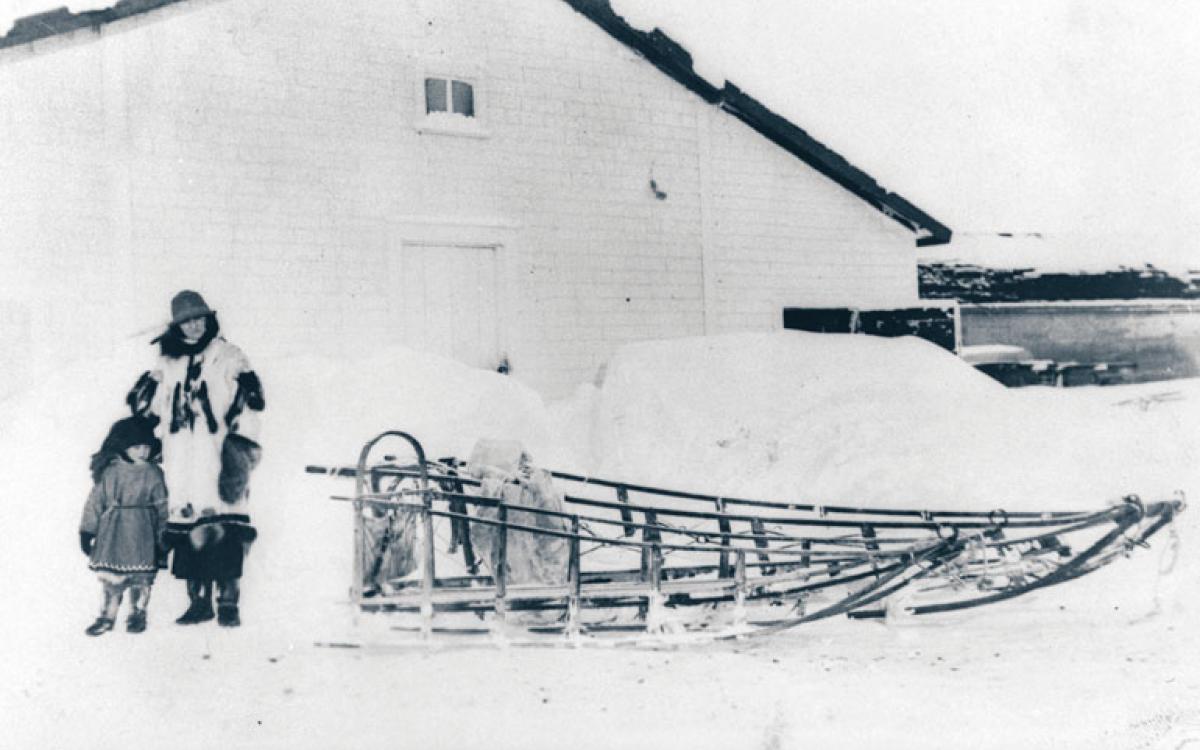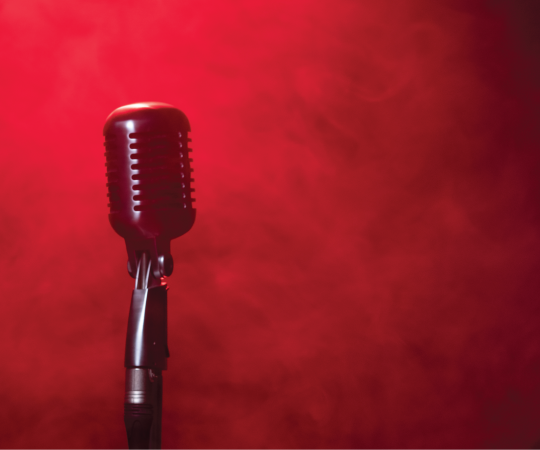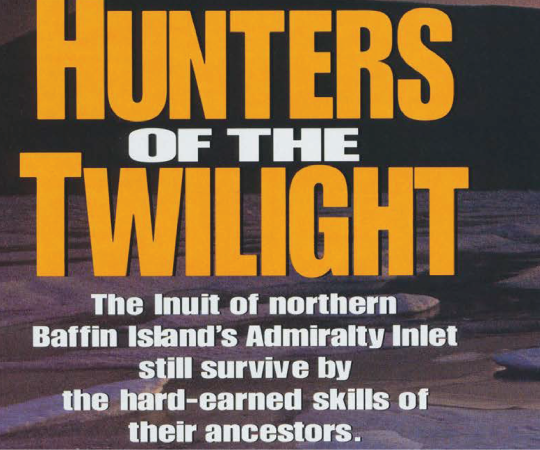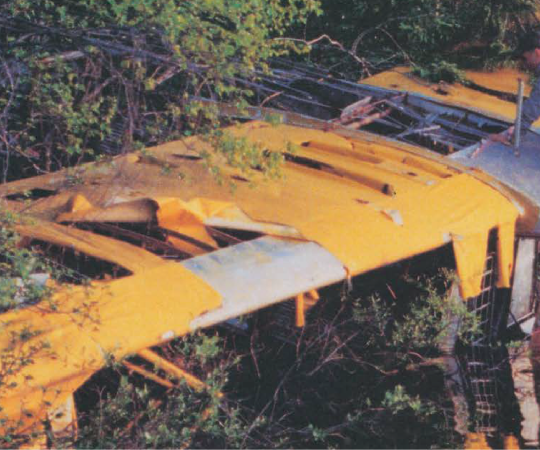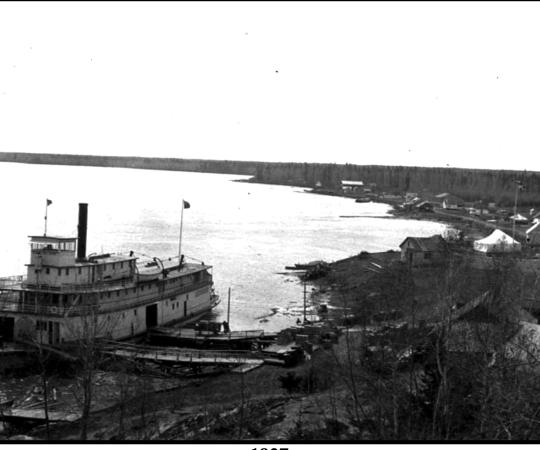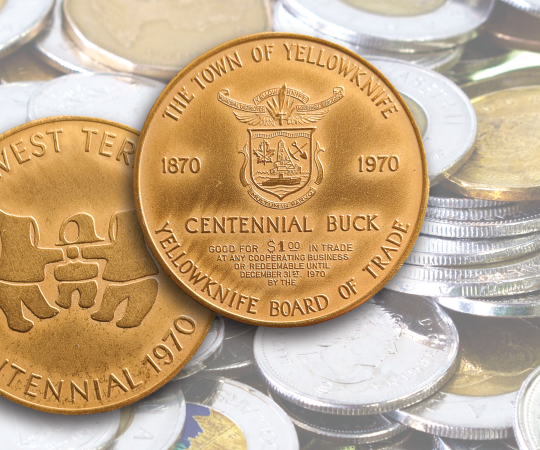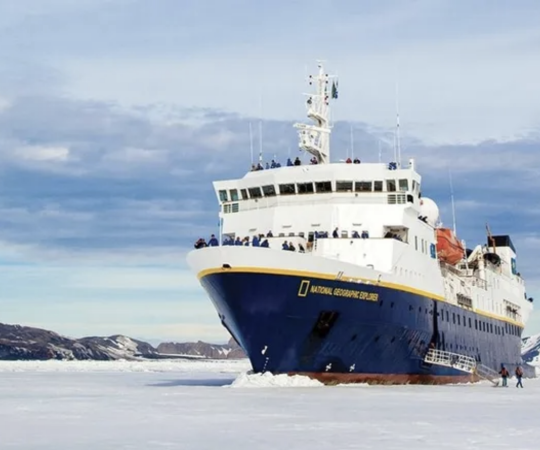The summer of 1923 saw a strange contingent of men float down the Mackenzie River to the Beaufort Sea—a court party, complete with a hangman and portable gallows. From there, they had about another 200 kilometres west along the Arctic coast to Herschel Island—a small treeless, sediment-covered erstwhile whaling outpost, five kilometres off the Yukon coast.
At the height of the trade, dozens of whaling ships sheltered in Herschel Island’s harbour, with as many as 1,000 people living on the island. But the industry died off in the 1910s. The island’s Bone House, once used by the long-gone whalers to dry whalebones, was chosen as the place to hang two Inuit convicted of murder in the Arctic’s first trial. The proceedings would prove to be expensive, stacked, racist and blatantly unjust, and the two Inuit who hanged in the Bone House may never have fully understood why they were taken from their home on Kent Peninsula to die 1,200 kilometres away on Herschel Island.
In December of 1921, RCMP Corporal William Doak, along with Inuit helpers, set out by dog team to the Kent Peninsula (just across the Dease Strait from what’s now Cambridge Bay) from their newly established post at Tree River, a few hundred kilometres to the east. There, two Inuit men, Alikomiak and Tatamigana, had been accused of murdering an Inuk named Pugana.
The Canadian government was eager to assert its authority in the North. Eight years prior, two Inuit guides killed a pair of Oblate priests after the priests had threatened them. The killers were arrested, convicted in Calgary and sentenced to life imprisonment, but were released after serving only two years and allowed to return home. It was thought the light punishment sent the wrong message to the Inuit, so the government decided to make an example of Alikomiak and Tatamigana. The community cooperated when Doak arrived at the peninsula, and Alikomiak and Tatamigana were arrested and
brought back to Tree River without incident.
But things didn’t go exactly as planned. The two accused were never locked up. Instead, they were put to work. Doak’s relationship with Alikomiak soured over the winter months, while they waited to be shipped to Herschel Island—the only Arctic outpost with infrastructure suitable for trials and execution. “I was scared of Doak as he sometimes gave me little hard jobs,” Alikomiak later told authorities. “One time we went to haul meat and Doak make me run beside the sled with him. I rode on the sled at times and so did he. It was deep snow and I could not keep up. Doak spoke to me but I could not understand him and do not know whether he was angry with me. I was afraid he might use the dog whip on me, though he never threatened or hit me with it.”
On the night of April 1, 1922, while his partner Constable D.H. Woolams was out on patrol, Alikomiak shot Doak in the leg as he slept and watched him slowly die of blood loss. The next morning, Otto Binder, a Hudson’s Bay Company employee, was shot and killed by Alikomiak when he came to check on Doak. When Woolams returned to Tree River from his patrol he tied up the unresisting Alikomiak.
Later that year, T.L. Cory, a government lawyer with the Department of the Interior, wrote a letter to the director of the NWT branch of the department, arguing for an example to be made. “As kindness has failed in the past I strongly recommend that the law should take its course and those Eskimos found guilty of murder should be hanged in a place where the natives will see and recognize the outcome of taking another’s life.” Incredibly, a few months after writing the letter, Cory was made defence counsel for the accused.
inuit traditionally dealt with murderers harshly. In Uqalurait: An Oral History of Nunavut, Inuit elder Kenojuak says: “In those days Inuit justice was used solely to maintain the harmony and stability of the group. Anyone who became too quarrelsome or lacked self-control, or perhaps robbed another man’s cache, became a threat to the community as a whole. When that happened, one person or more, either self-appointed or designated by the group, would dispose of the threat.”
Alikomiak and Tatamigana’s deaths were decided before they stepped into the makeshift courtroom on Herschel Island in July of 1923. The trial was well publicized down south, and letters poured into newspapers pleading the government for clemency. (Most noted the “primitive” nature of the accused, pitying their ignorance of the law.) But the first trials in Canadian Arctic history were to be short and decisive. It took one day each to condemn the men, and Cory made little effort to defend his clients. Judge Lucien Dubuc encouraged the jurors—white settlers living along the Mackenzie River—to find the defendants guilty, and reminded them that on their decision hung the reputation of Canada’s criminal justice system in the North: “The result of your verdict shall fall on you who are to remain here, and it is you who shall have to bear the consequences.”
An RCMP patrol from Northern Yukon in the fall of 1923 delivered the news: Alikomiak and Tatamigana were to hang on February 1, 1924. Alikomiak smiled when he was told his fate, while Tatamigana, choked up, asked for a glass of water before accepting the inevitable. Both were hung from a roof tie-beam inside the Bone House.
When RCMP closed down the Herschel Island detachment in 1964, they removed the beam and burned it. Today, the island is uninhabited and used only seasonally by hunters, fishers and tourists. The bone house still stands, though, and a Canadian flag flies next to it.

